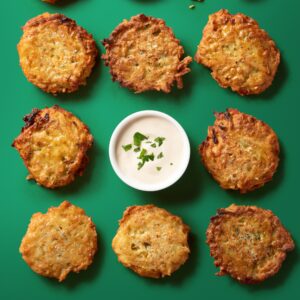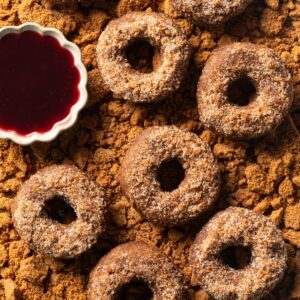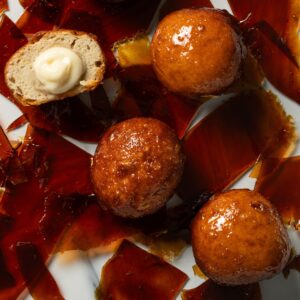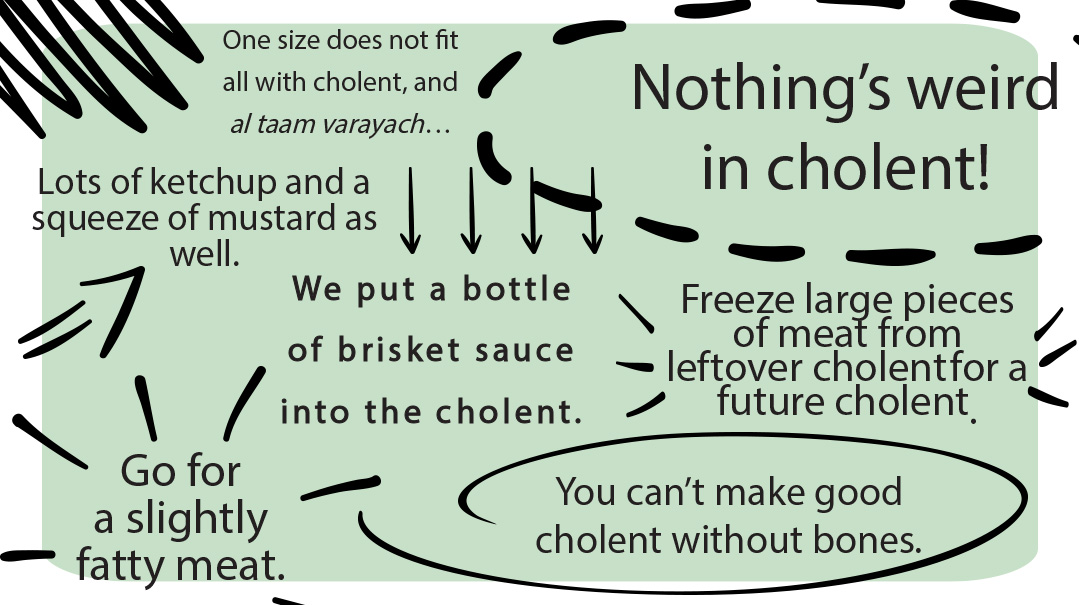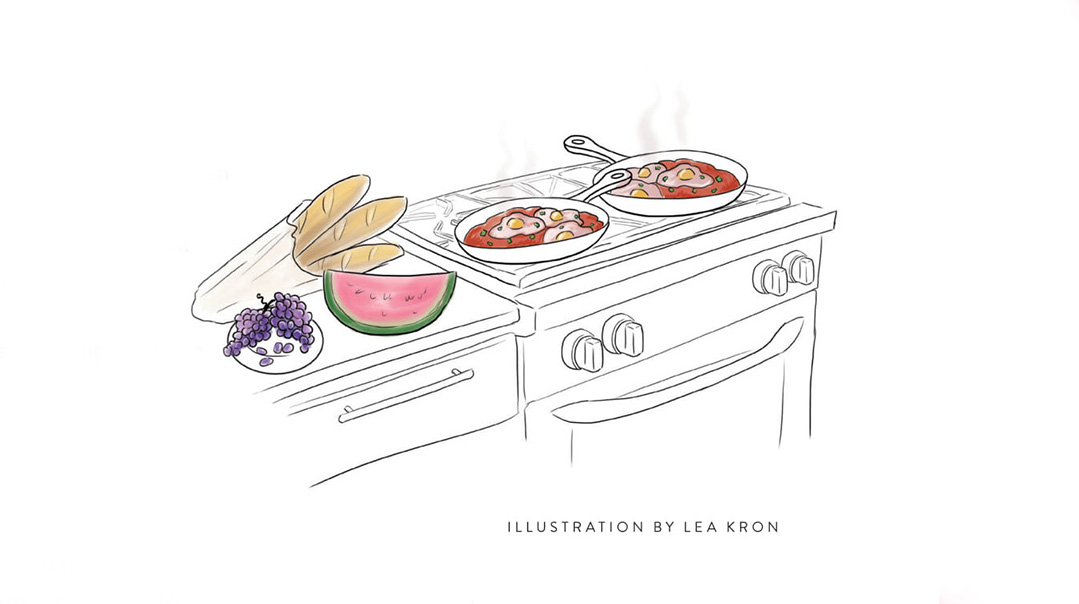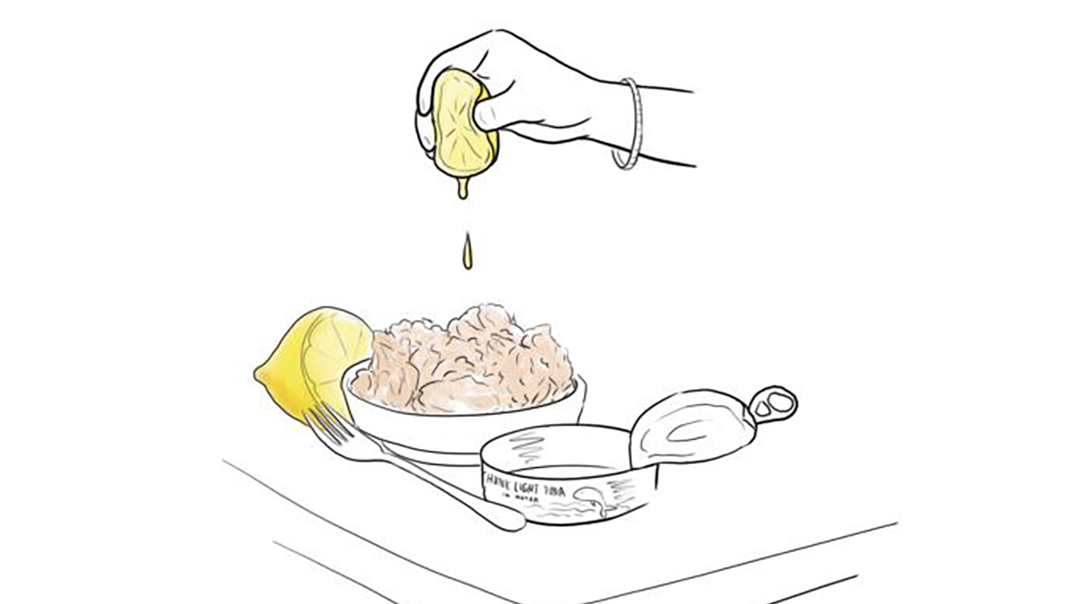What’s one thing about reheating food that you wish everyone would know?
| September 9, 2020Some things are better served at room temperature than they are after being reheated
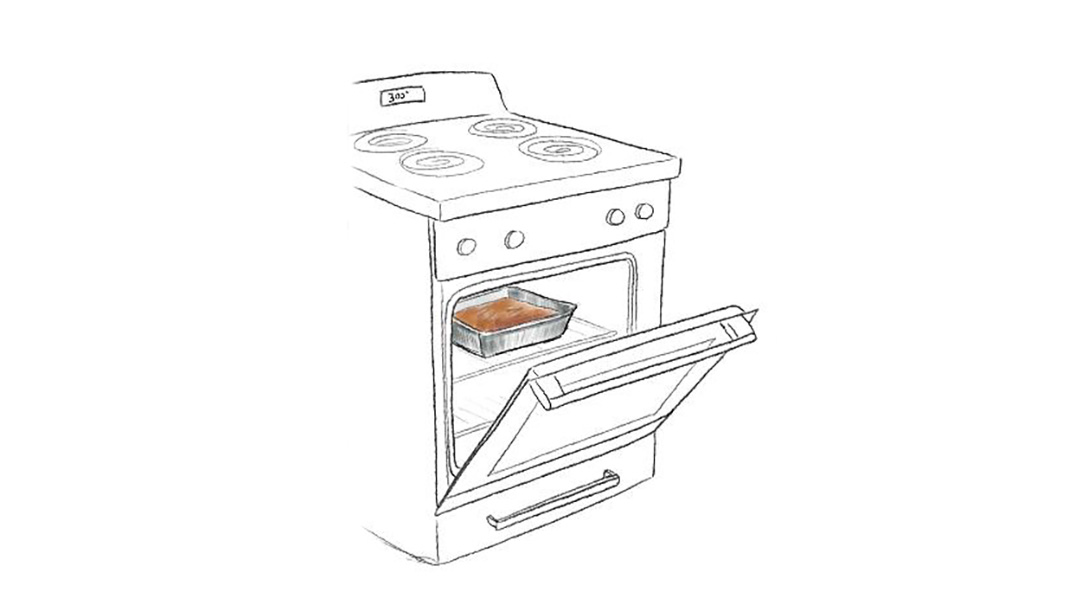
Microwave doesn’t always equal good reheating! In my experience, the way it was cooked is the way it should be reheated. And please don’t reheat frozen pizza in the microwave — if you want it to be mushy, just soak it in water! (Soapbox topic here!) —Devorah Cohen
Reheat food on the lowest temp possible for as short as possible. If you want to retain a crunch, uncover it (but not for too long, or it’ll dry out). Sometimes it’s just not worth reheating, and bringing to room temp is best (think meat). —Esther Kurtz
Reheating low and slow or bringing to room temperature will always yield better results than heating on a high temperature, which will dry out your food. —Rivky Kleiman
I try to let foods come to room temperature before I reheat them. Then I put them on the hotplate on top of upside-down pans so the heat is indirect. This allows the food to heat slowly so that the bottom doesn’t burn before the top is warmed through.
A few more tips: Fried foods, or foods that you want to have crispy top, should be uncovered during the last 30– 60 minutes to release steam. And thick soups can burn on the bottom! Reheat over low heat and stir often.
One last thing: Some things are better served at room temperature than they are after being reheated (think sliced London broil or roasts, fish, even some cooked veggies). —Danielle Renov
I add chicken soup to leftover meats and chickens and even cholent before I rewarm it. —Estee Kafra
Never rewarm cooked veggies covered! They get pale and mushy. In general, I rewarm cooked veggies just enough that they are warmer than room temperature but not too hot in order to retain crispness of color and flavor. —Rorie Weisberg
When reheating chicken on Erev Shabbos, do it on a lower oven temperature than you originally cooked it on, so it won’t dry out. I also put a piece of parchment paper under the foil for both chicken and meat to retain moisture. —Brynie Greisman
The more you reheat chicken soup, the better and deeper the flavor gets. If I need to stretch it, I’ll add some water, along with salt and pepper, so it doesn’t taste watered down. —Nina Feiner
I sometimes add a bit of water when reheating to keep food moist, but also some additional spices so the flavoring doesn’t get watered down. —Chavi Feldman
Oops! We could not locate your form.


